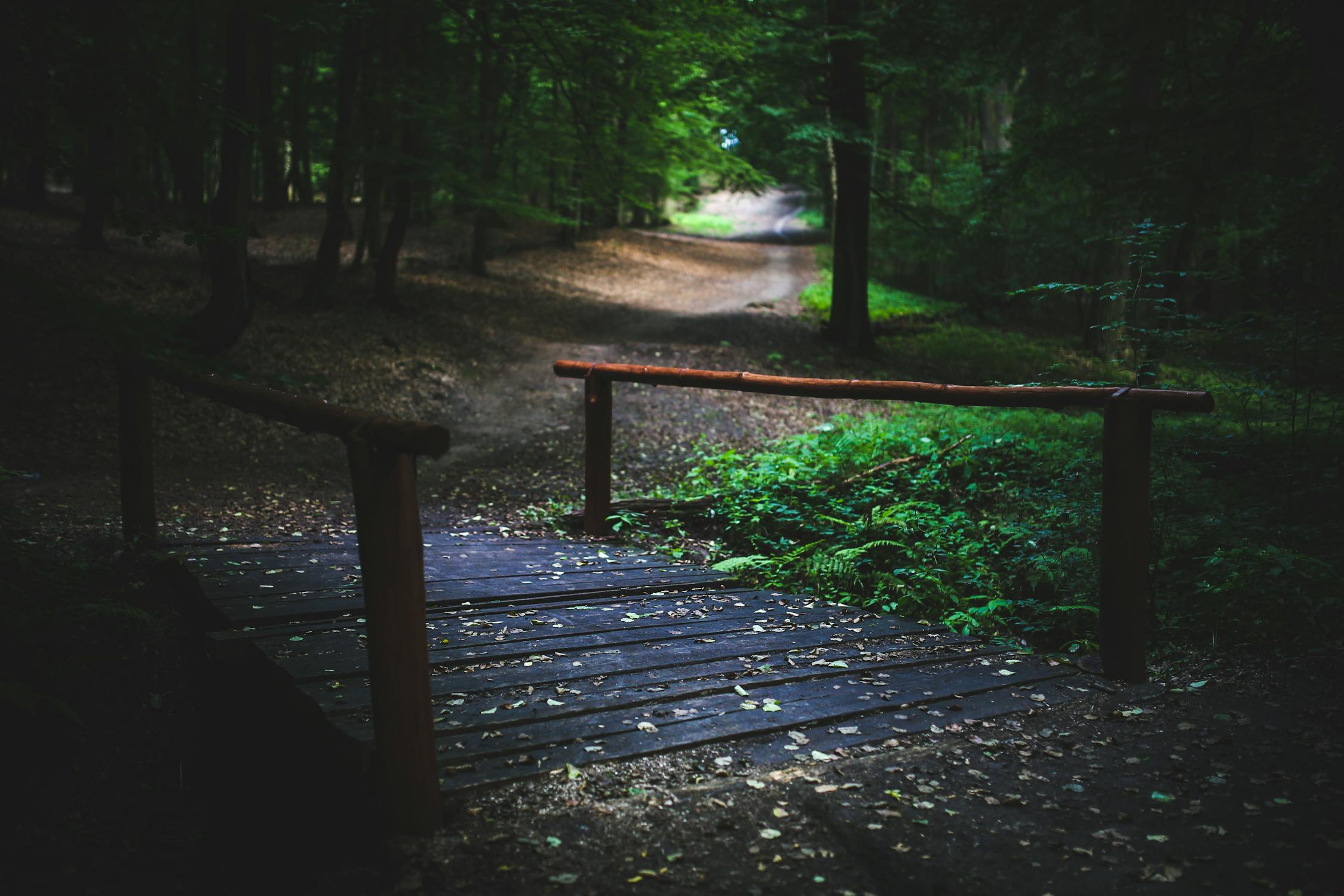


...In 2025
…in 2025; all biowaste must be sorted at source, including household waste; ENERGY TRANSITION LAW: REF. 2015-992 OF AUGUST 17, 2015.
DCTs
DCTs = 55% of the trash

THE ISSUE
• Technological innovation is the keystone of progress; our lifestyles are changing rapidly; RC is part of our daily lives. Our common goal is to find circular and sustainable solutions that comply with EUROPEAN and INTERNATIONAL regulatory frameworks on the BIOCONVERSION of DCTs in order to reduce pollution: leachates, heavy metals, etc.
• zerOnix © includes 2 conductors, engineers by training SÉRIGNE GAYE and ROBERT SCIMIA; convinced that the GREEN CIRCULAR ECONOMY is revolutionizing all our human and societal approaches to targeted waste management for a sustainable future; our TEAM is multidisciplinary, it includes researchers; researchers and enthusiasts; in the fields of: entomology, mechanics, AI, marketing, etc. with technical and scientific training from all generations and from various COUNTRIES.
EUROPEAN STANDARDS
• zerOnix © presents an industrial process for the NATURAL BIOCONVERSION of DCT - Kitchen and Table Waste - from individuals and professionals in COMPLIANCE WITH EUROPEAN and INTERNATIONAL STANDARD REGULATIONS: see the DAC:
• the DAC - Commercial Support Document - A removal of biowaste brings together all the information relating to the identification of the actors responsible for this removal (producer, collector and caterer) with their approval as well as those relating to the DCT collected: their category and quantity. This document is mandatory during transport, as is its conservation for 2 years (CE 1069-2009 article 21 and EU regulation 142/2011): the archiving of can serve as a register for SPAn C3 (DCT) at the point of departure (restaurant). Archiving DACs allows the producer to protect themselves in the event of a health problem in the downstream sector: verification of the traceability of biowaste and compliance with regulations. Categorization is the responsibility of the DCT Producer (EC 1069-2009 article 4)
• The zerOnix © technological innovation is located on the entire process chain; which uses only URBAN DCTs IN SITU to REVALUATE them by BSFL BIOCONVERSION into CO-PRODUCTS: PATs, LIQUID BIO-FERTILIZER - SOLID BIO-FERTILIZER - BIO-COMPOST; following the following steps:
• 1) SORTING: the user packages their DCT in a sealed capsule
• 2) STORAGE: VIA THE APP, the user deposits their capsule in a CRYO-TERMINAL of their convenience
• 3) COLLECTION: is done by geofencing with electric vehicles that comply with ADR and TDM standards see the STERNE ENVIRONNEMENT report.
• 4) TREATMENT: the DCT are deposited in the nearest zerOnix © unit; they are CRUSHED and PASTEURIZED; the MIX obtained is deposited in bins.
• 5) REVALUATION: the DCT are revalorized by NATURAL BIOCONVERSION; the MIX is used for feeding the BSFL
• 6) the co-products are sold on day D and shipped on D + 1
• THE TECHNOLOGICAL INNOVATION IS:
✅ at the level of the standard procedures for COLLECTING DCTs…
✅ at the level of the TRANSFORMATION of DCTs into a MIX via a PATENTED CENTRIFUGAL SEPARATOR
✅ at the level of the PROCESS OF FEEDING BSFL BY ADDING MICROORGANISMS in the MIXES which are enriched with CARBON/NITROGEN/IODINE SUBSTRATES: formulated by CÉCILIA LALANDER
• PHASE 1: the eco-citizen puts his DCTs in a sealed capsule; he GEOLOCATES a CRYO-TERMINAL via THE APP; he deposits his capsule there; vehicles collect the terminals by GEOFENCING; they are transported to an on-site UNIT that TRANSFORMS the DCTs via our process
• PHASE 2: our centrifugal process separates the INORGANIC waste from the DCTs; they are crushed into a homogeneous MIX < 12 microns; the MIX is PASTEURIZED; it is treated by a series of high vacuums; the MIX undergoes oxygenation-carbonation in order to adjust the parameters: its PH; its humidity level; its temperature; etc.
• PHASE 3: via THE HELICAL DIAPHRAGMS the centrifugal separator deposits in a controlled time a carbon/nitrogen substrate which is in a range of 1/1000 to 5/1000 of the weight of the MIX (registered in the National Collection of Cultures of Microorganisms)








